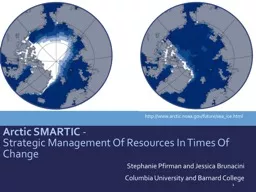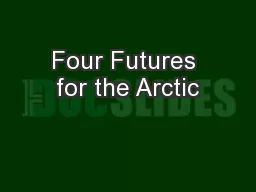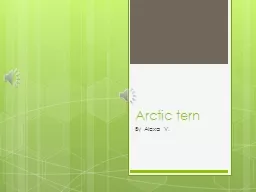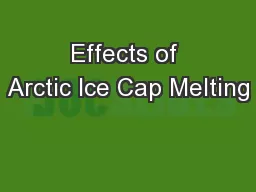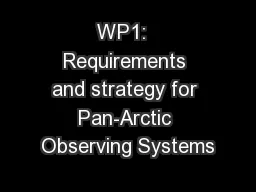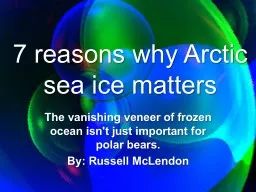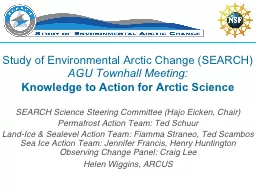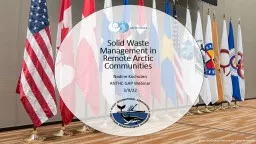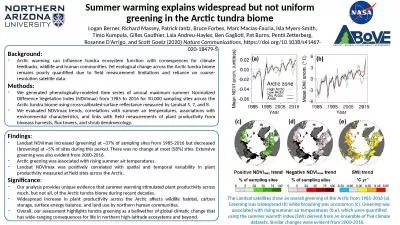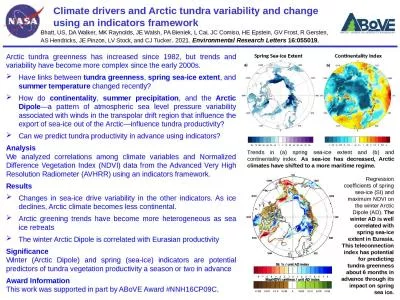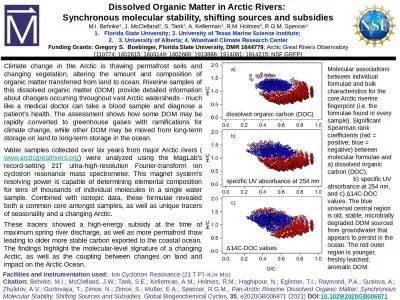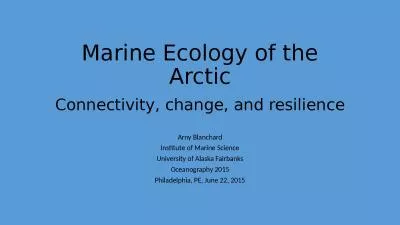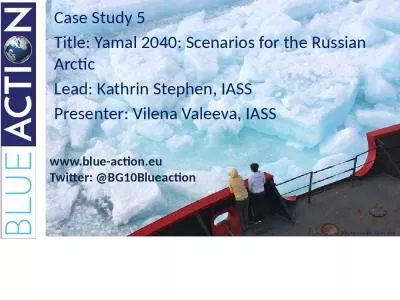PPT-Arctic SMARTIC - Strategic Management Of Resources In Times Of Change
Author : calandra-battersby | Published Date : 2018-11-05
Stephanie Pfirman and Jessica Brunacini Columbia University and Barnard College 1 http wwwarcticnoaagov future seaicehtml Loss of Summer Sea Ice 2 Seasonal Variations
Presentation Embed Code
Download Presentation
Download Presentation The PPT/PDF document "Arctic SMARTIC - Strategic Management O..." is the property of its rightful owner. Permission is granted to download and print the materials on this website for personal, non-commercial use only, and to display it on your personal computer provided you do not modify the materials and that you retain all copyright notices contained in the materials. By downloading content from our website, you accept the terms of this agreement.
Arctic SMARTIC - Strategic Management Of Resources In Times Of Change: Transcript
Download Rules Of Document
"Arctic SMARTIC - Strategic Management Of Resources In Times Of Change"The content belongs to its owner. You may download and print it for personal use, without modification, and keep all copyright notices. By downloading, you agree to these terms.
Related Documents

